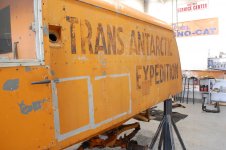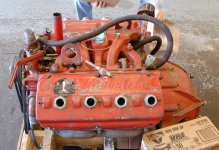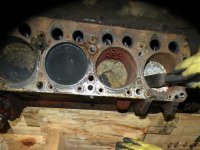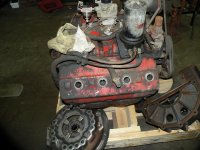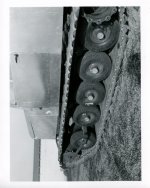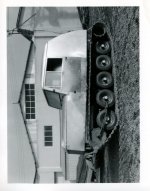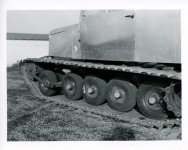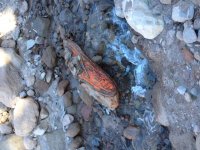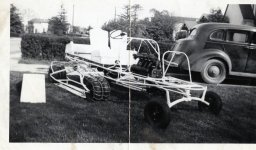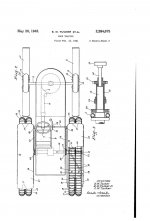Lyndon
Bronze Member
Here's the ole' gal just a little bit stuck . . . I have to say- If that was to happen to me (the front end just dropping out from under me), I would have turned around and gone home.
That may not have been an available option. According to the National Geographic article in the Jan '58 edition, they had packed enough food, fuel, and supplies to weather out a second winter once they reached their destination. If they did not complete the 1000 mile crossing in time the ships that were set up to pick them up would be blocked out by sea ice. As they used up their supplies they abandon the Massey Tractors and the Bombardier Muskegs which have since become a permanent part of the Ice Pack, as wood anyone trying to back track. This operation was almost entirely funded by BP, and their green LOGO can be seen on all the supply barrells of Gasoline being towed along. They performed a type of crude sizemic testing where they dug holes in the snow, set off exp[losive charges and read the echo with specialized equipment that loosely resembles sonar equipment. What they found was that the South Pole is a massive rock, with Ice up to 2 miles thick, sitting on top, but no OIL! One of the other Tucker Freighters from this expedition sit in a BP Museum.


